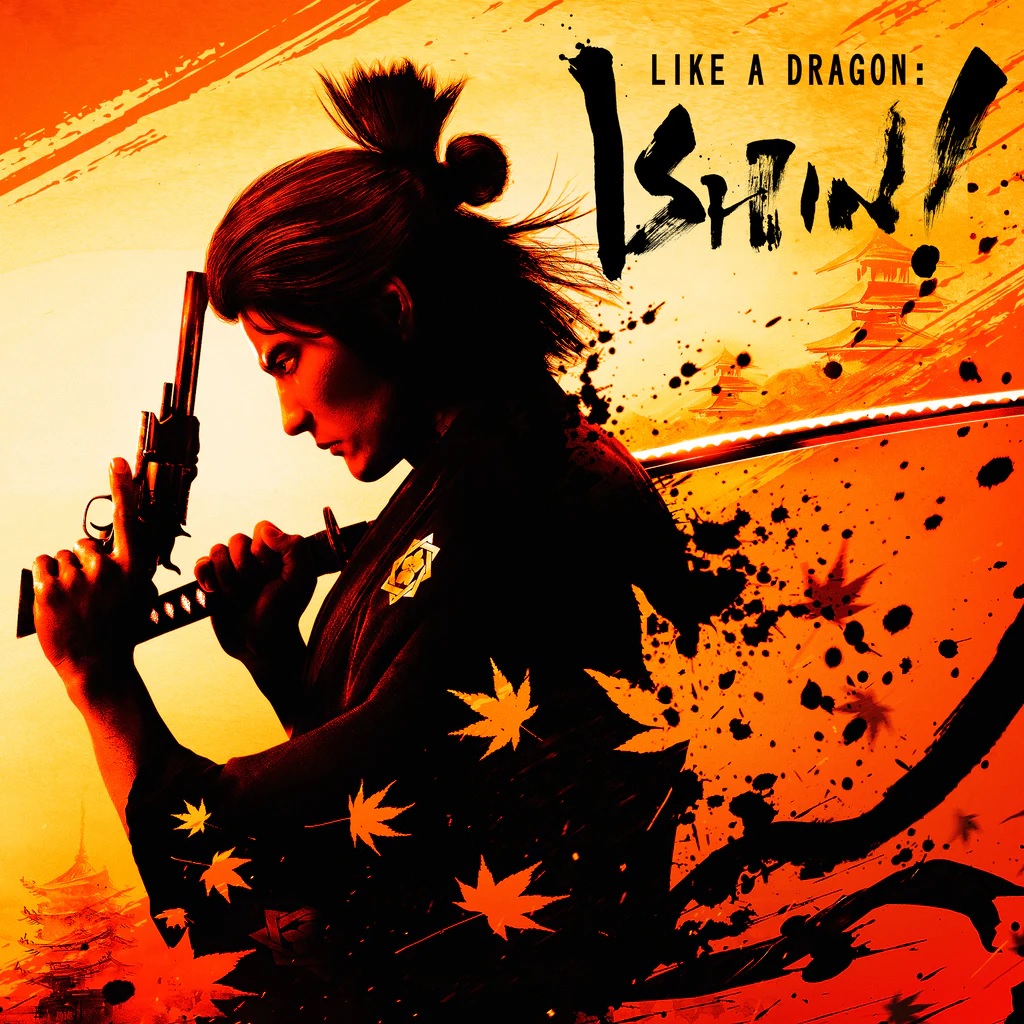
Like a Dragon: Ishin Review
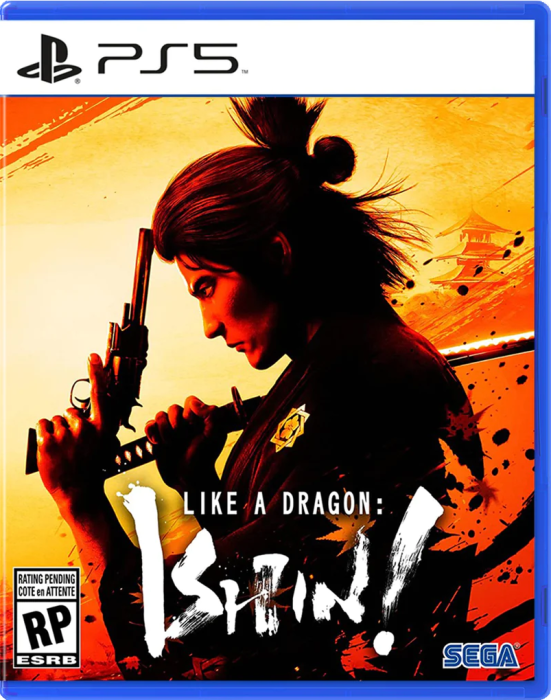
Pros
- Same Yakuza gameplay
- Drama filled story
- Great character models
- So much content
- Varied fighting styles
Cons
- Same Yakuza gameplay
- Unreal Engine not as pretty as Dragon Engine
The Like a Dragon (formerly Yakuza) series has had a turbulent time outside of Japan, with a lot of the earlier games not seeing the light of day until a year or two after the Japanese release. That all changed when Yakuza 0 came out, as the surge in popularity made the franchise instantly become a cult classic in the west. The combination of the wackiness, and wealth, of the side content, and the drama-filled main stories have really made the Like a Dragon games a lot of new followers. Of course, not all of the games have been released outside of Japan, which is where Like a Dragon: Ishin comes into the picture.
The original version of Like a Dragon: Ishin came out in Japan in 2014, on the PlayStation 3 and PlayStation 4. It came after Yakuza 5 and before Yakuza 0, and can kind of be considered a building block for Yakuza 0, as they do share some similarities. However, due to the franchise not being especially popular outside of Japan, Ishin was kept in Japan. It wasn’t until 2022, that Sega announced they were remaking the game, under the title of Like a Dragon: Ishin, which would be released worldwide. This version of the game would retain quite a bit of the original, but update it with some new additions, as well as change around some of the features.
Like a Dragon: Ishin is a spinoff title, meaning it doesn’t take place during any of the mainline games. It is set in 1860s Japan, during the Bakumatsu period, which fell at the tail end of the Tokugawa Shogunate. Ships from the west arrived in Japan, throwing it into chaos, which created the ideals of the Loyalists, who wanted to rebuild the nation under the Emperor, instead of the Shogun. The game mostly takes place in Kyo, which is now known as Kyoto, as well as the Tosa area in eastern Japan. You control Sakamoto Ryoma, a Tosa native and ronin (samurai without a master), who is on a quest to seek revenge. To find the man who murdered someone dear to him, he goes undercover by joining the Shinsengumi, as well as adopting the alias of Saito Hajime.
You will find the same drama-filled story in Ishin.
Overall, the main story of Like a Dragon: Ishin is filled with the drama you’ve come to expect from the series. You usually have a twist and turn, here and there, and the story will keep you glued, due to the amazing acting and dialog. While some aren’t phased by the series keeping its Japanese language, with English subtitles, some might be saddened to hear that Ishin does not feature an English dub. Considering the game is deeply rooted in Japanese history, it does make some sense, but some of the more recent entries in the series/spinoffs did have English dubs, and it’s always nice to have the options.
The main story of Like a Dragon: Ishin is filled with the drama you’ve come to expect from the series.
For this remake of Like a Dragon: Ishin, the team decided to forgo their patented Dragon Engine, instead using Unreal Engine 4. One of the reasons given by the developers is that the Dragon Engine was mostly used for nighttime scenes, and it had trouble with daytime scenes, which might explain the switch to Unreal Engine for this remake. The game is by no means ugly, but it’s a far cry from what the Dragon Engine usually provides. Despite that, though, the facial animations and character models are extremely well done, which is always one of the best things in the Like a Dragon games, graphically. There didn’t seem to be any real problems with the game, either, when looking at it from a technical perspective. There were some visual glitches prior to the day one patch, which no longer seem to be there, but were mainly centered on the various NPCs walking around the towns. There are still a few minor glitches and stuff, but nothing that truly impacts the actual gameplay.
Of course, the gameplay in the series has always been one of the best. First, let’s go over the battle system, as the game still holds that same beat-em-up style, held by the pre-Yakuza: Like a Dragon titles. It was mentioned above that Ishin was kind of like a predecessor to Yakuza 0, and it shows, as you have four different combat styles for Ryoma. Brawler uses his fists as deadly weapons, Swordsman will have him wielding a katana, Gunman uses a gun, and Wild Dancer is a combination of katana and gun. Each one is pretty different to one another, and you are able to switch between them with the press of a button. Of course, there are some instances where you will be forced to use a specific style, but these aren’t very common, although it does mean you can’t really focus too much on only one particular style.
The four styles give some variety to the combat.
If you’ve played earlier Yakuza titles, then you have a pretty firm grasp on what the general flow of the game is like. You are in a semi-open world, of sorts, with you being able to explore the areas as they open up to you. There is a variety of optional content to do in the Like a Dragon games, which is where they really shine, as the story is fairly linear and won’t really let you dive into that extra content. First, there’s the Substories, which are the sidequests of the game. While the main story will focus solely on the drama, the Substories will take a wide turn and delve into the wackier side of things.
As an example, you meet up with an udon shop owner that throws his back out while imitating certain gestures, so you end up helping him out with his restaurant. There are a lot of Substories in the game, but you will need to go hunting for them, unless you happen across the one piece of gear that lets you see them. Ishin does seem to dial it back a tiny bit on the wackiness, but that goofiness is still present. In addition to the Substories, the series has also been known to contain a plethora of minigames, and Ishin is definitely up there. Everyone’s favorite karaoke is back, complete with Baka Mitai, and there’s even a rhythm game for another minigame.
It’s quite easy to lose track of time while playing these minigames, especially if you’re trying to fully complete the game. Previous games in the series have usually had one or two big side projects to do, which come in the form of Another Life and Battle Dungeons in Ishin. Another Life is basically a second house you can have, which opens up cooking, farming, and another activity you can use to send out items to people who order things. It’s a nice, peaceful side activity that can help you get more money or items to use in other aspects of the game. It’s nothing too in-depth, though, as you don’t exactly do anything for the farming aspect, although there are minigames attached to the cooking.
There will be some familiar minigames returning in this entry.
The Battle Dungeons are nothing more than dungeon crawling and defeating the enemies within each dungeon. If you like the combat in this game, then you will like doing the Battle Dungeons. They are also good if you wish to farm materials, as the dungeons are great for this. That’s really all you will be doing with these Battle Dungeons, though, so they can be fun to do now and then. Looking at all the things to do in the game, you will definitely find something to do, whether it’s a minigame or the various Substories. That means there definitely isn’t any shortage on things to do.
…it’s all of the side content that will keep you hooked into the game.
Of course, the main story of the game isn’t going to take that long, maybe 15-20 hours, but it’s all of the side content that will keep you hooked into the game. If you were looking to do everything the game has to offer, then you’re definitely looking at a good 75+ hours worth of content with Like a Dragon: Ishin. To add even more to that, those looking to get the elusive platinum trophy/all achievements, you are probably looking at 100+ hours of playtime for Ishin. So, you are definitely getting your money’s worth when getting this game (or any other title in the franchise, really).
Like a Dragon: Ishin is a continuation of the great games that RGG Studios puts out, although they can get a little tiresome after a while. However, the change in scenery, to the Japanese historical setting, definitely gives it a breath of fresh air, so you won’t be stuck in the modern-day setting. While you can learn a little bit about the actual history of the setting, it’s not a one-to-one account of the events, especially when you realize that Sakamoto Ryoma and Saito Hajime were two separate figures. Fans of the Yakuza franchise will definitely love this entry and even those who haven’t played a game will find this is a great entry, since it’s not connected to any other title (other than character appearances). It’s definitely worth a purchase!
Sega provided us with a review copy of the game, for the PlayStation 5.
Amazing!
A great spinoff to the Like a Dragon series!
Gameplay:
Sound:
Graphics:
Story:
Value Rating:

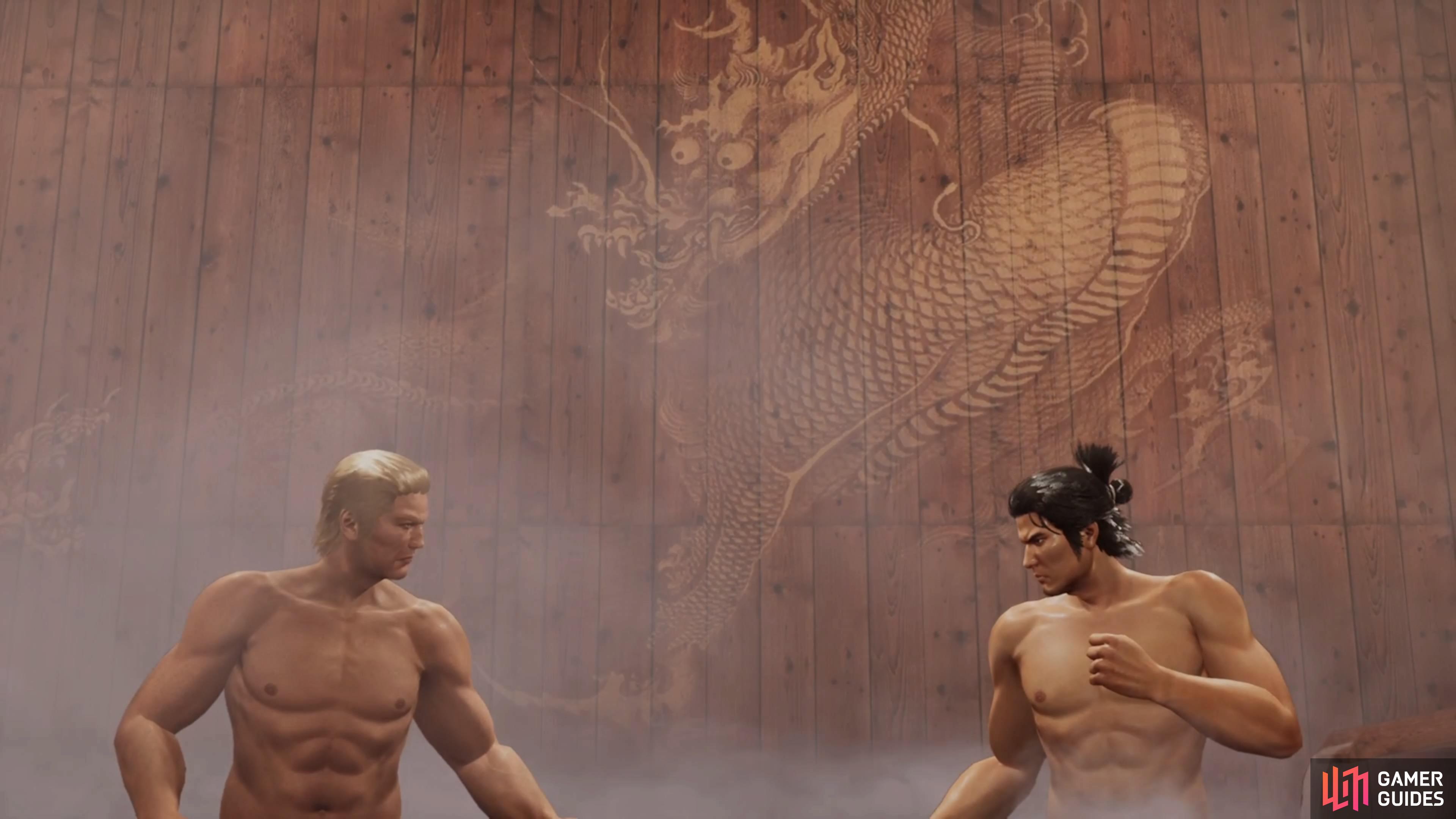
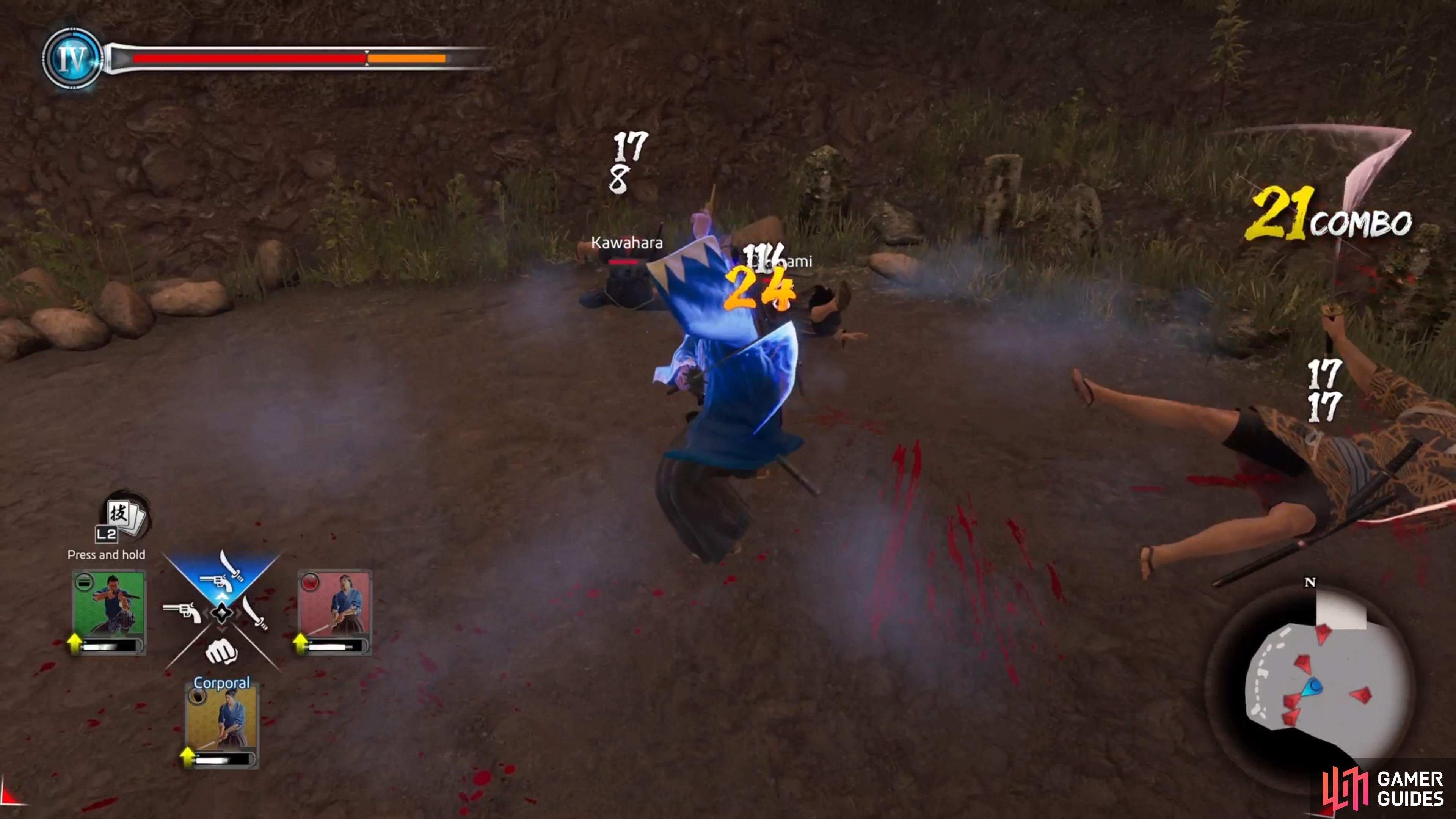
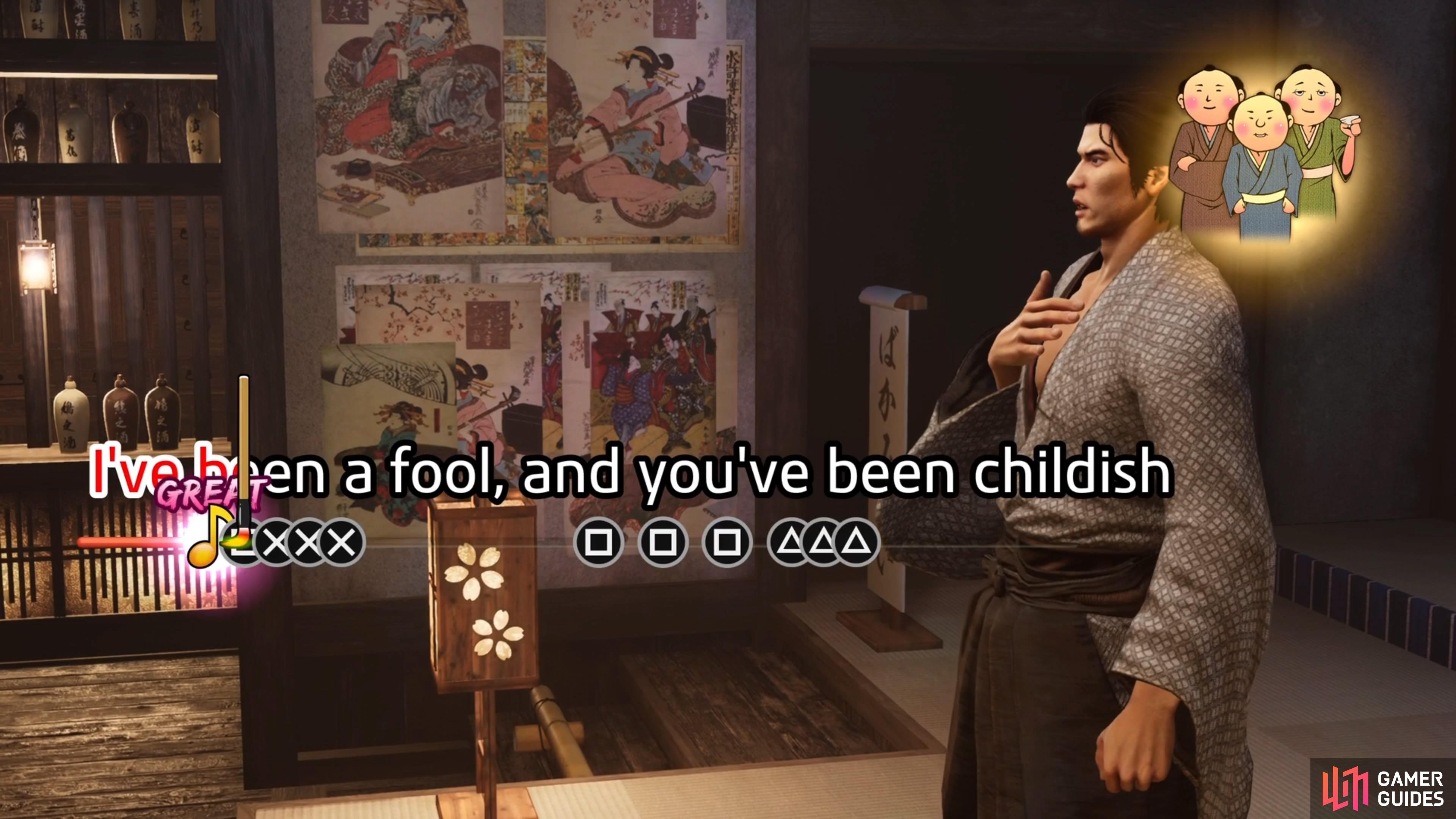
No Comments